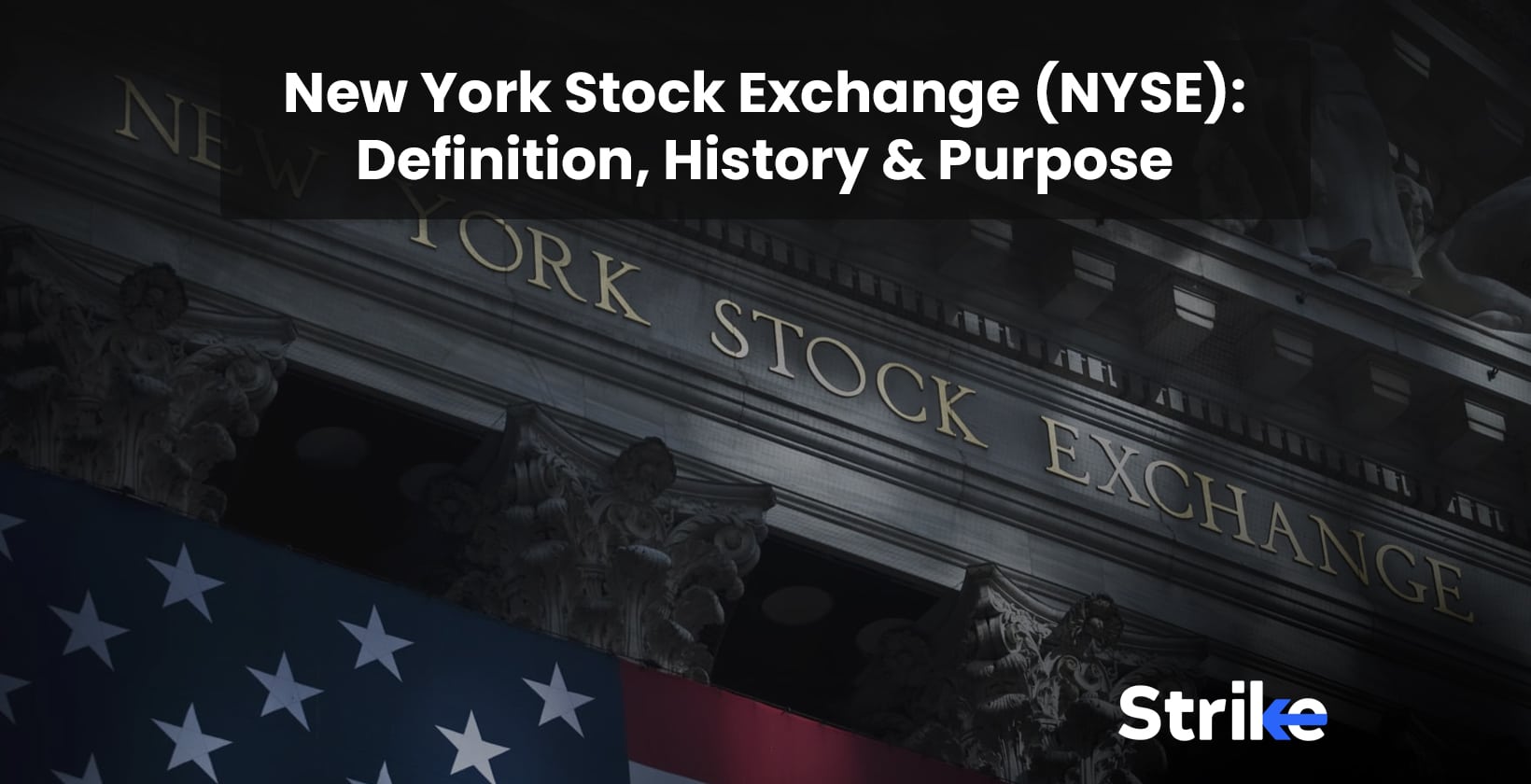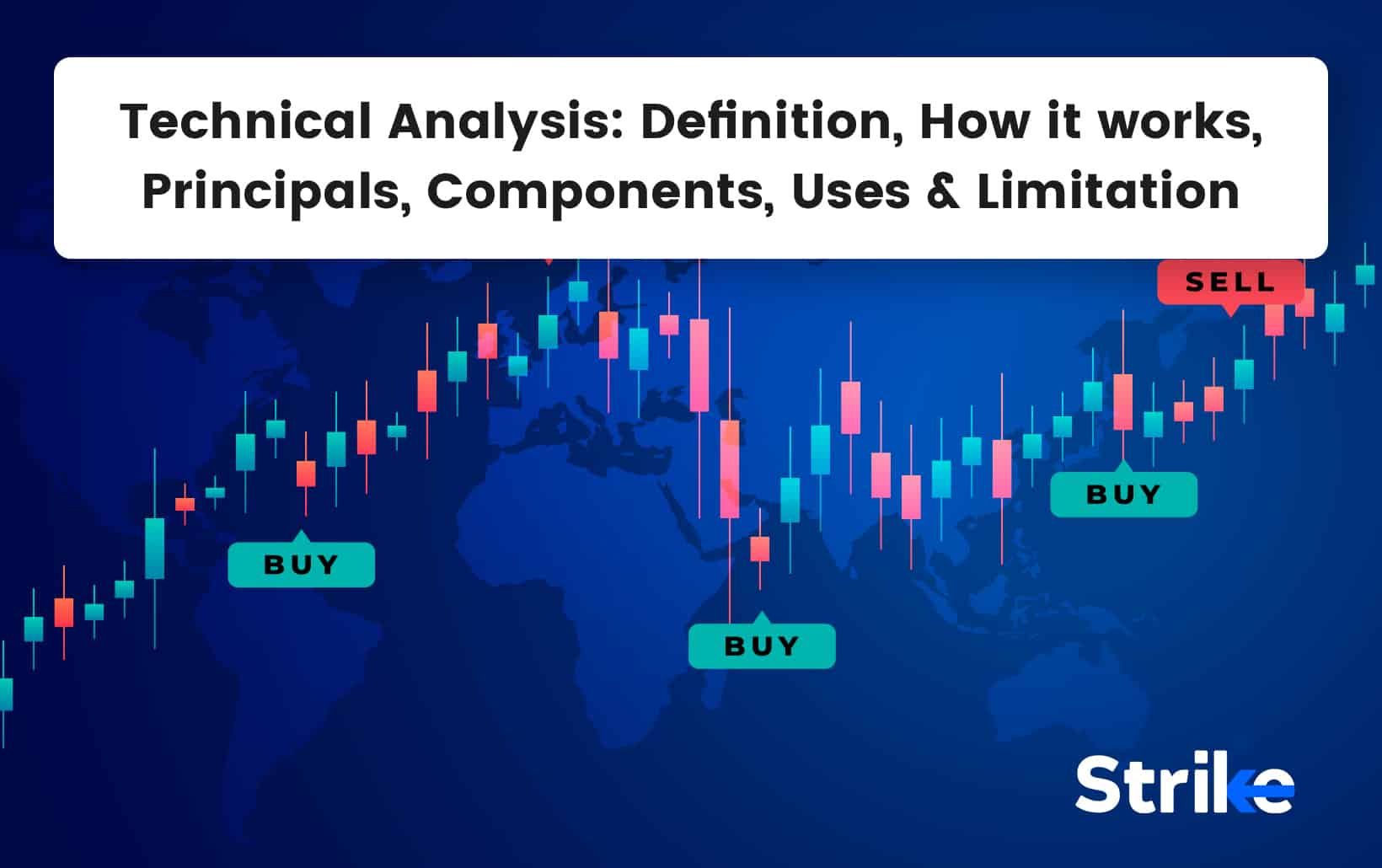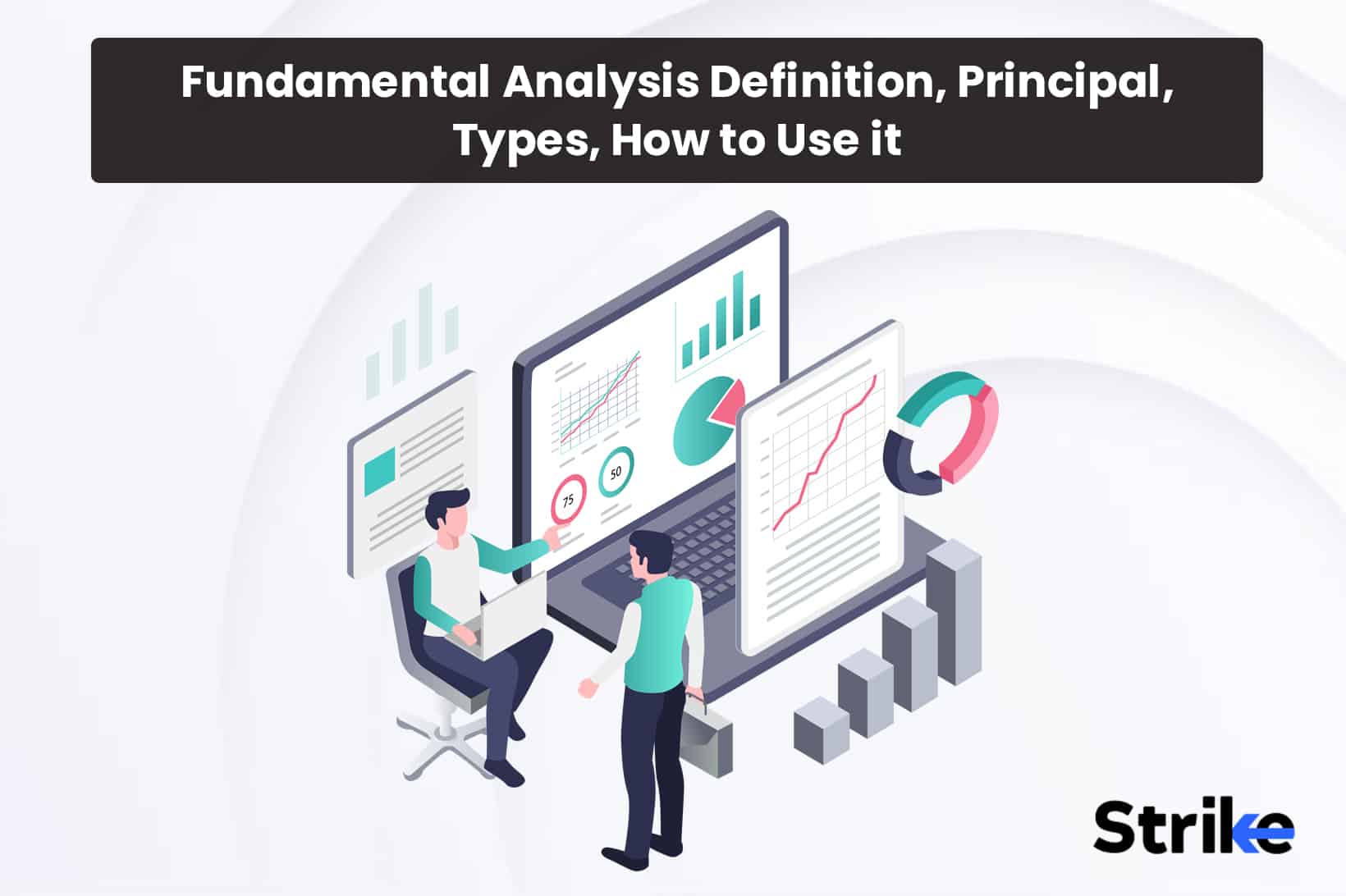
The New York Stock Exchange (NYSE) is the largest securities exchange in the world, with an equity market capitalization of nearly 23 trillion U.S. dollars as of December 2022. NYSE’s existence dates back to 1792, and it has played a pivotal role in the financial history of the United States. Jeffrey Sprecher serves as the current CEO and President of the New York Stock Exchange.
The NYSE has specific trading hours during which it operates. Below are the regular trading hours, pre-market trading hours, and after-market trading hours.
Regular trading hours of NYSE take place from 9:30 AM to 4:00 PM Eastern Time (ET) on weekdays, excluding public holidays. Pre-market trading hours occur from 4:00 AM to 9:30 AM ET on weekdays, also excluding public holidays. After-market trading hours are conducted from ET during weekdays, with the exception of public holidays.
What is NYSE?
NYSE is the largest American stock exchange situated in Lower Manhattan financial district in New York City with 2400 listings. NYSE, also known as “The Big Board” is often regarded as a symbol of American capitalism and economic power. The NYSE operates under a system known as the auction market, which helps to determine the best possible prices for various securities by matching buyers and sellers.
The NYSE has a history beginning with the signing of the Buttonwood Agreement in 1792. This agreement marked the birth of the stock exchange, with 24 stockbrokers agreeing to trade securities on a commission basis. The NYSE has witnessed significant growth and innovation over the years, adapting to the changing financial landscape and evolving technology to maintain its position as a global financial leader.
The NYSE introduced the use of telegraphs for trading communication in the 1800s, and in 1903, it moved to its current location at 11 Wall Street in New York City. The NYSE has experienced challenges and milestones throughout its existence, such as the 1929 stock market crash, the introduction of electronic trading in the 1960s, and the 9/11 terrorist attacks, which temporarily halted trading.
How does the NYSE start?
The origins of the NYSE can be traced back to the tumultuous financial environment of the late 18th century. A group of stockbrokers gathered under a buttonwood tree on Wall Street in New York City amid growing demand for a centralized marketplace to trade securities. These 24 stockbrokers signed the Buttonwood Agreement on May 17, 1792, which established a framework for buying and selling securities on a commission basis. This marked the beginning of the NYSE as we know it today.
Trading primarily occurred outdoors in the initial years, and brokers would gather in the street or nearby coffee houses to conduct transactions. The exchange eventually moved indoors to provide a more structured and safe environment for trading activities as it grew in size and significance. Below is the timeline of major events in NYSE.
18th century saw the inception of NYSE under the Buttonwood Agreement of 1792 and its subsequent introduction of a constitution and name change in 1817. It had relocated to 10-12 Broad Street by 1865, finally opening its new building at 18 Broad Street later on in 1903.
The 20th century brought both prosperity and challenges for the NYSE. Beginning with 1929’s Great Depression leading to Wall Street Crash and ending with Muriel Siebert becoming its inaugural female member in 1943. Central Certificate Service had been created by 1967, followed by becoming a non-profit organization itself by 1971. Black Monday in 1987 marked one of the greatest single-day stock market declines ever. Trading activity increased significantly until terrorist attacks on September 11th forced it temporarily shut down again.
NYSE underwent further innovations and challenges in the 21st century. NYSE merged with Euronext in 2002, creating the first global stock exchange. 2007 brought with it Hybrid Market system implementation before Intercontinental Exchange acquired them for acquisition by Intercontinental Exchange in 2012. Also in 2018 was introduced NYSE American. NYSE temporarily closed trading floor operations and shifted towards all-electronic trading due to the COVID-19 pandemic.
How does NYSE works?
NYSE operates on an auction market model, which means that buyers and sellers come together to trade securities by submitting their orders with specific prices and share quantities. This system allows for price discovery, ensuring that securities are traded at the best possible price based on supply and demand. The price of a security is determined by the highest bid and the lowest ask price, and the transaction is executed at the best available price.
This system is more transparent and efficient than traditional floor trading, as it eliminates the need for physical trading floors and allows traders to execute trades more quickly and accurately. The use of ETS in conjunction with the auction market model has further improved the efficiency and transparency of the NYSE, allowing for faster transaction times and wider access to different financial instruments, including stocks, options, futures, and exchange-traded funds (ETFs).
What is the purpose of NYSE?
The purpose of the NYSE is to provide a platform where buyers and sellers can trade stocks in a secure and regulated environment. It is the largest stock exchange in the world by market capitalization and is home to some of the largest and most well-known companies in the world. The NYSE is also responsible for setting standards and regulating the securities industry, ensuring that companies and investors are following established rules and regulations.
What are the trading hours in NYSE?
The NYSE operates during specific trading hours, which are divided into regular trading hours, pre-market trading hours, and after-market trading hours. These hours are as follows.
Regular trading hours
9:30 AM to 4:00 PM Eastern Time (ET), Monday to Friday (excluding public holidays)
Pre-market trading hours
4:00 AM to 9:30 AM Eastern Time (ET), Monday to Friday (excluding public holidays)
After-market trading hours
4:00 PM to 8:00 PM Eastern Time (ET), Monday to Friday (excluding public holidays)
These trading hours are crucial for investors and traders to ensure the timely execution of orders and to monitor market trends and fluctuations.
What are the major exchanges in NYSE?
There are other major exchanges under the NYSE umbrella, each catering to different types of securities and companies. Seven of the most notable exchanges include:
NYSE: The main exchange, where larger companies and blue-chip stocks are traded.
NYSE American: Formerly known as the American Stock Exchange (AMEX), this exchange focuses on small and mid-cap companies and offers a unique auction model for price discovery
NYSE Arca: A premier exchange for trading Exchange Traded Funds (ETFs), closed-end funds, and other investment products.
NYSE Bonds: A platform dedicated to trading corporate bonds.
NYSE National: Formerly known as the National Stock Exchange, this exchange offers trading in cash equities and exchange-traded products.
NYSE Chicago: A regional exchange catering to the specific needs of the Midwest trading community.
NYSE Options: A platform for options trading, offering a diverse range of products and strategies for investors.
Each of these exchanges serves a unique purpose and caters to different financial market segments, ensuring that the NYSE remains a comprehensive and dynamic marketplace for financial instruments and participants.
Does NYSE have holidays?
Yes, the NYSE observes certain holidays during which it remains closed for trading. These holidays generally follow the U.S. federal holiday calendar.
Is NYSE and Nasdaq the same?
No, the NYSE and Nasdaq are not the same. They are two separate and distinct stock exchanges operating in the United States. The NYSE (New York Stock Exchange) is the world’s largest stock exchange by market capitalization and follows an auction market model.
The Nasdaq (National Association of Securities Dealers Automated Quotations) is the second-largest stock exchange in the world and operates as an electronic dealer-based market using a computerized trading system.
What are the difference between NYSE and Nasdaq?
The NYSE and NASDAQ and different in the way it operates. There are three major differences between the exchanges. They are differences in the market model, trading method and listing requirements.
The NYSE operates on an auction market model, where buyers and sellers interact in a central marketplace to determine the price of securities based on supply and demand. Nasdaq is a dealer-based market, where market makers set bids and ask prices for the listed securities and facilitate transactions between investors.
NYSE uses a combination of human traders (floor brokers) and an electronic trading system to execute transactions, while Nasdaq is entirely electronic, with no physical trading floor. NYSE has more stringent listing requirements compared to Nasdaq, which generally attracts larger, more established companies. But Nasdaq is known for attracting technology and growth-oriented companies due to its less stringent listing requirements.








![85 Common Stock Market Terminologies for Dummies [Updated List for 2025] 4 85 Common Stock Market Terminologies for Dummies [Updated List for 2025]](https://www.strike.money/wp-content/uploads/2025/04/Popular-Stock-Market-Terms-for-Beginners-Banner.png)











No Comments Yet.